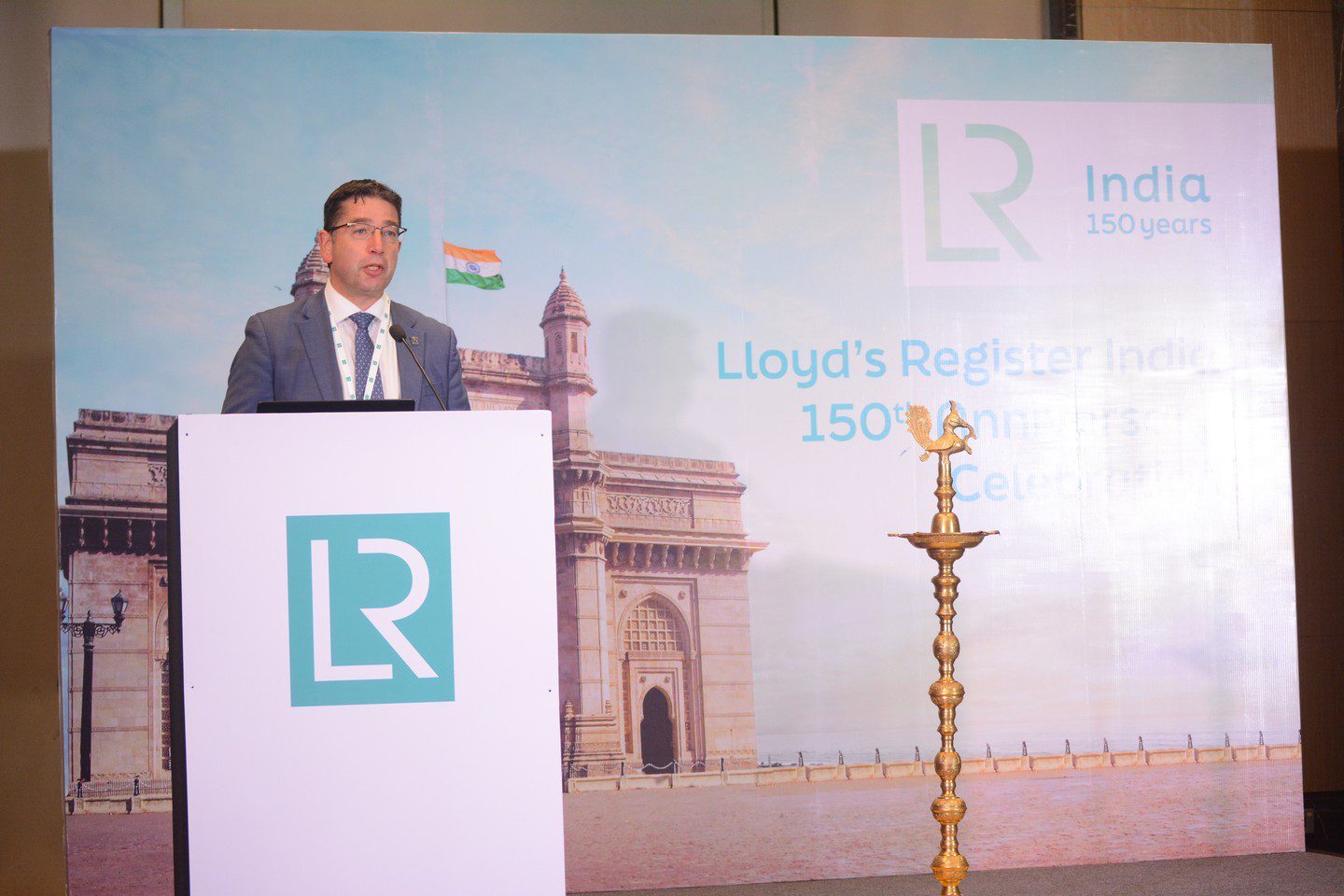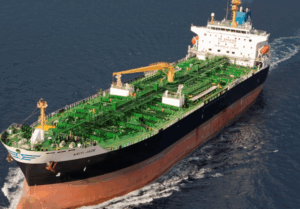As marine engine designers prepare to launch ammonia-ready dual fuel engines in a few months’ time, classification society Lloyd’s Register experts have been assessing the risks relating to the toxic chemical both from ship design and human element perspectives.
Carbon-free ammonia, already widely carried by sea as cargo, could provide a new and relatively fast-track marine fuel in support of the sector’s increasingly urgent decarbonisation drive.
Leading engine builders are already working on ammonia combustion and engine hardware and the first ‘ammonia-ready’ engines are expected to be commissioned on ships in 2024.
Ammonia is currently one of the “frontrunners” among alternative shipping fuels, as it can be combusted with almost no carbon dioxide emissions.
However, in accordance with Lloyd´s Register analysis “ammonia comes with a number of risks for which global shipping is not yet prepared.” These include toxicity, dispersion, risks to crew, an absence of class rules on its use as fuel, and a need for rapid personnel upskilling.
As Lloyd´s Register says it is crucial for shipping’s stakeholders to understand the risks of ammonia as a shipping fuel and the safeguards that can be implemented to reduce them to tolerable levels.
To address these concerns, the Lloyd’s Register Maritime Decarbonisation Hub and the Maersk Mc-Kinney-Møller Center for Zero Carbon Shipping have recently completed a multi-disciplinary programme to assess the design challenges and identify the risks to seafaring personnel from the use of ammonia as a marine fuel.
This collaboration has resulted in the publication of “Recommendations for Design and Operation of Ammonia-Fuelled Vessels Based on Multi-disciplinary Risk Analysis.”
This joint study into ammonia safety onboard ships utilises Quantitative Risk Assessment (QRA) analysis, a powerful data-driven method that allows users to assess risk in a quantitative and granular manner and identify vessel design and operational measures that would reduce ammonia risks to be “as low as reasonably practicable.”
To complement the QRA analysis, the second section of the study summarises insights from an analysis of human factors considerations, such as training and work practices, that will be impacted by a transition to ammonia fuel use.
Lloyd’s Register experts note the recommendations and results from this report can and should be used to further inform specific regulations, guidelines, and best practices that will allow the operation and management of ammonia-fuelled vessels to be acceptably safe for seafarers.
More details about the report published from LR can be found here.



